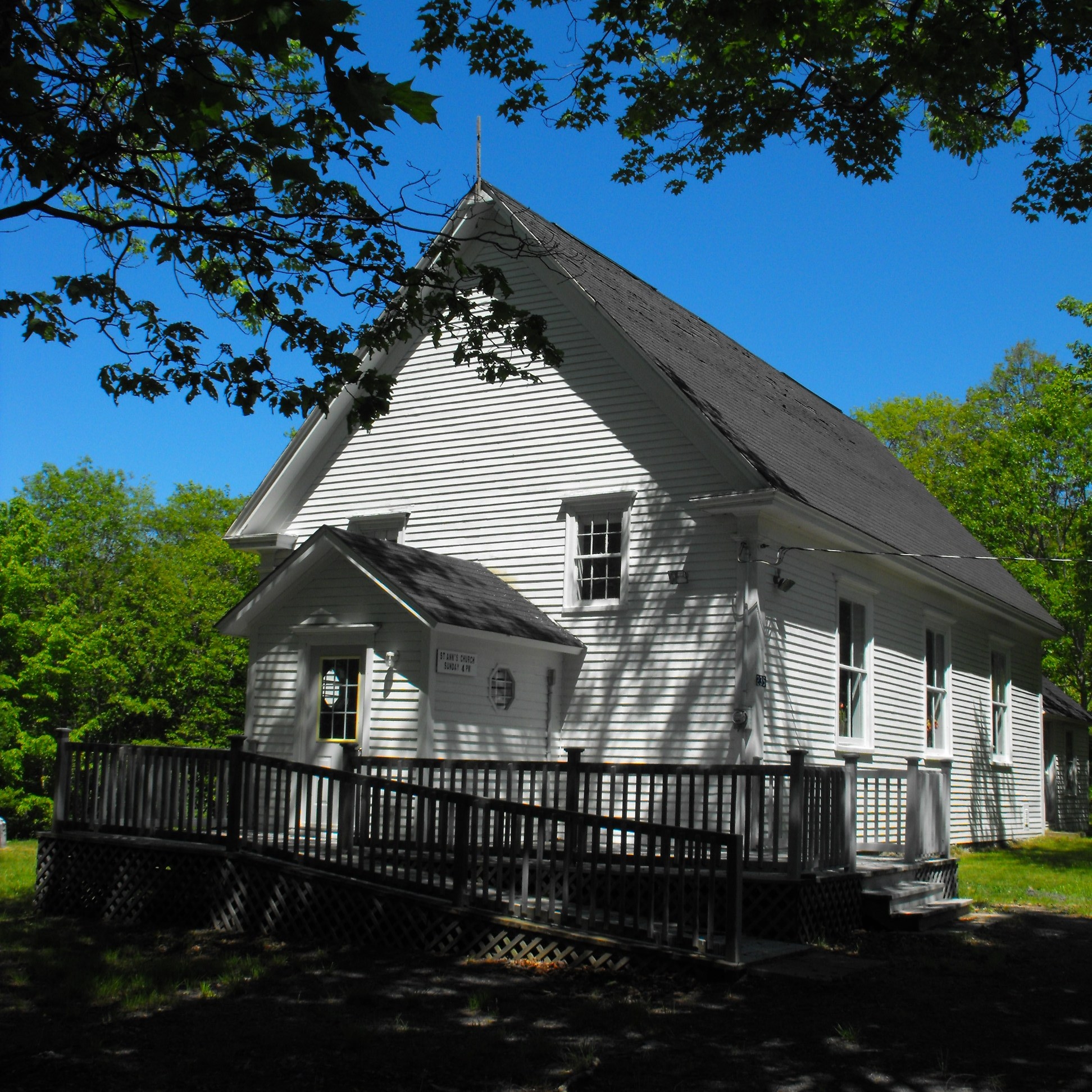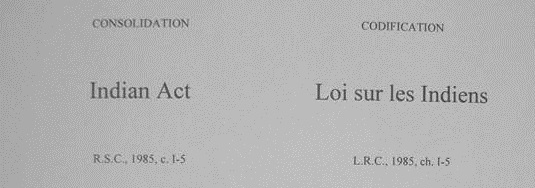A reserve is land set aside by the Canadian government for use by First Nations. Reserves are managed under the Indian Act. Reserves are places where First Nations often live. However, some reserves are only for practices like hunting. Not all First Nations have reserve lands. There are reserves in every province in Canada, but most are in rural or remote areas. Few reserves have been established in the territories.
(This is a plain-language summary of Reserves in Canada. If you are interested in reading about this topic in more depth, please see our full-length entry, Reserves in Canada.)

What is A Reserve?
Reserves are tracts of land set aside for First Nations by the Canadian government. First Nations are one of three groupings of Indigenous people in Canada, the other two being Métis and Inuit. Métis and Inuit do not hold reserve land. The main reason for this is because the reserve system is governed by the Indian Act. The Indian Act does not directly reference the Métis or Inuit.
Many First Nations hold more than one parcel of reserve land. Some reserves are shared by more than one First Nation. Reserves are places where members of a First Nation often live. However, some reserves are used for activities such as hunting and fishing. Some First Nations do not hold any reserve lands.
Who Lives on Reserves?
According to the Government of Canada, as of 2020, there are 3,394 reserves in Canada set aside for more than 600 First Nations. Registered members of First Nations (those with Indian Status) have the right to live on-reserve. In 2020, about 50 per cent of these members live on reserves.
Social and economic problems, such as poverty, lack of housing, and lack of access to education and health care, seriously impact life on reserves. Although conditions are improving, First Nations on reserve continue to live below the standard of the Canadian population. (See also Social Conditions of Indigenous Peoples in Canada and Economic Conditions of Indigenous Peoples in Canada.)
Origins of Reserves
The concept of reserves originated in New France. Starting in the 1600s, settler governments used treaties to surrender First Nation lands. These lands represent a small fraction of the traditional territories Indigenous peoples. Traditional territories were lands used and occupied by First Nations before the arrival of Europeans.
In 1991, the Canadian government established the Indian Claims Commission to address disputes over reserves. Many of these land claims have been settled to the benefit of the First Nations. However, some unresolved disputes have led to violent confrontations such as those at Ipperwash and Caledonia. (See also 1492 Land Back Lane.)
Self-Government
Some initiatives have helped to provide First Nations with more direct control over their lands. In addition, Self-Government Agreements remove First Nations from the administration of the Indian Act.

 Share on Facebook
Share on Facebook Share on X
Share on X Share by Email
Share by Email Share on Google Classroom
Share on Google Classroom























